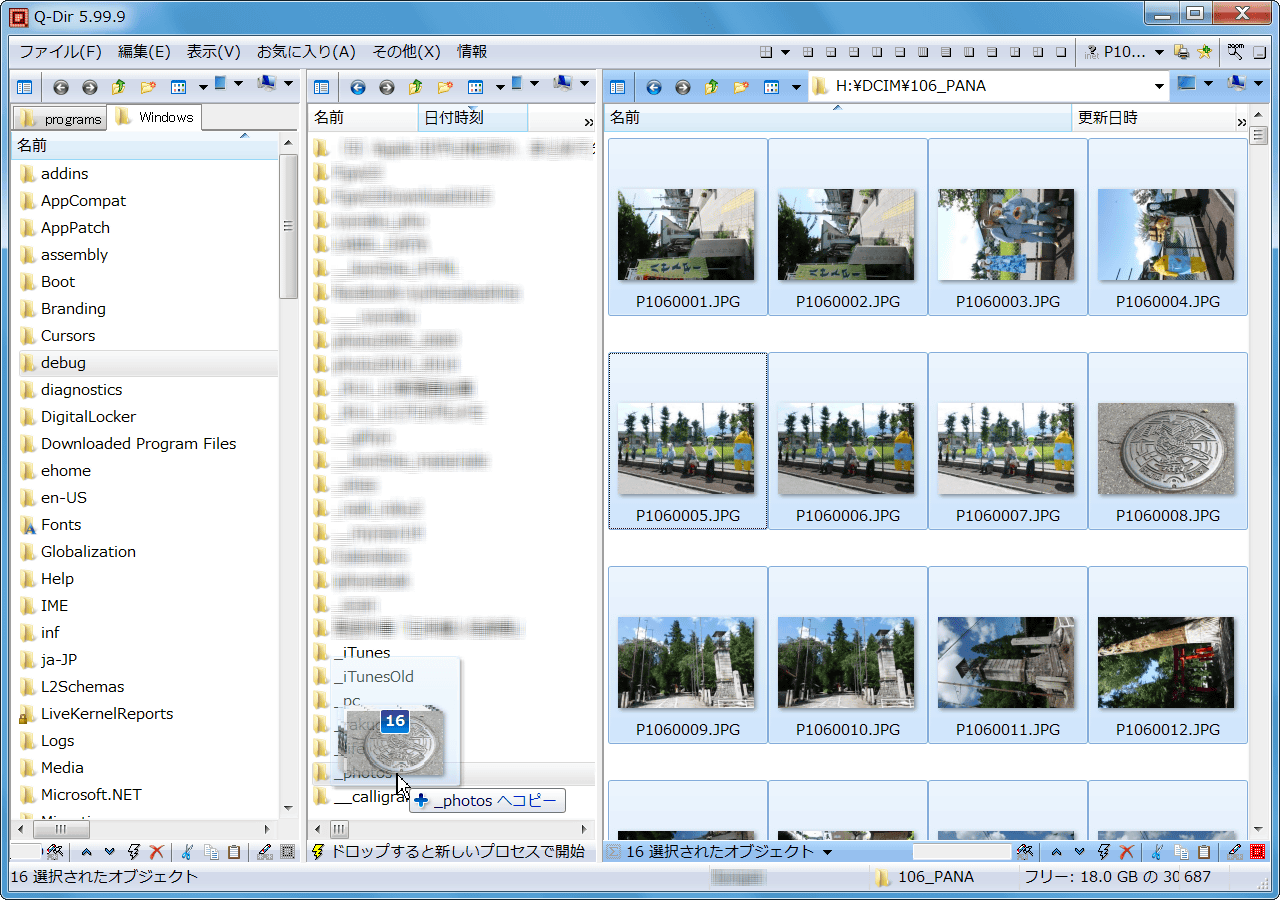

The format is that of /N ("new long-list" format, see above), with the short name inserted before the long name. Uses wide list format, displaying file/folder names only, with multiple names on every line.ĭisplays the short names generated for non- 8dot3 file names. TimeField may be any of the following letters.įor instance, when you use the option " /T:C," the time listed is when the file was created. Specify the time field displayed and used for sorting. Pauses after each screenful of information.ĭisplay alternate data streams of the file.ĭisplays files recursively, traversing any subdirectories. Sort the list of files by SortOrder, a series of letters representing sort criteria.įor instance, an option of " /O:D" displays files oldest-to-newest, and " /O:-S" displays files biggest-to-smallest. "New long-list" format, which displays file names on the far right. Same as wide ( /W), but files are sorted by column, rather than by row. Use /-C to disable the display of separator. Uses bare format (no heading information or summary, only the information itself).ĭisplay the thousand separator in file sizes (e.g., a comma after every third digit), which is the default setting. Attributes is a series of letters, each representing an attribute as shown below.įor example, the option " /A:R-A" would match only files whose attributes ( /A:) are read-only ( R) and not ( -) ready to be archived ( A). Multiple filespecs are allowed, e.g., " *.txt *.exe".ĭisplays only files with the specified file attributes. Specifies the drive, directory, or files to list.

Windows 11, 10, 8, 7, Vista, XP, and 2000 syntax DIR Attributes]]

With the /S option, it recurses subdirectories and lists their contents as well. The dir command displays a list of files and subdirectories in a directory. Dir is an internal command available in the command line of all Microsoft operating systems.


 0 kommentar(er)
0 kommentar(er)
